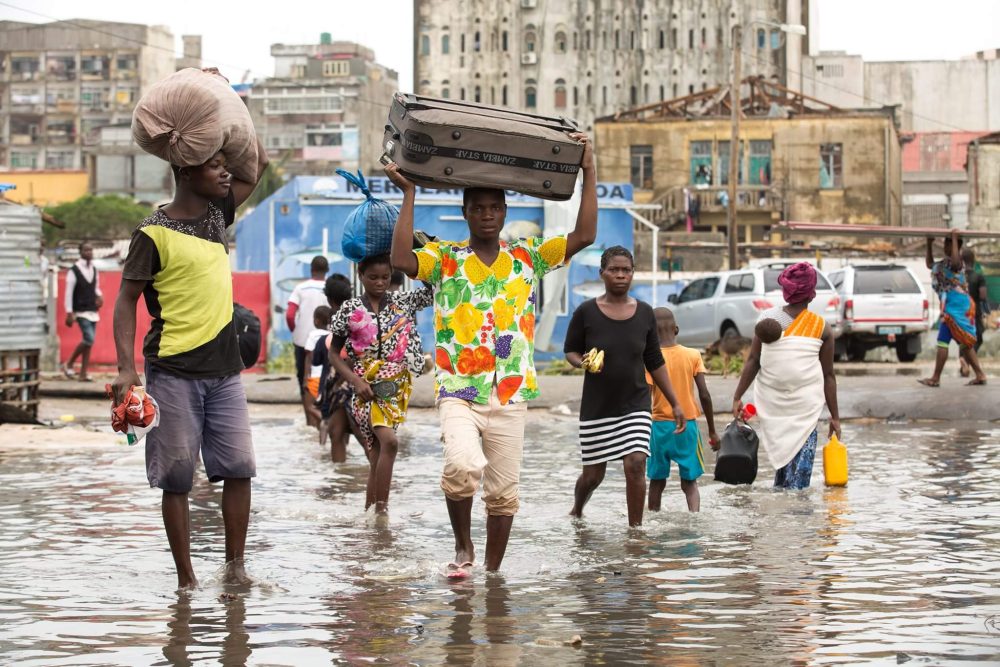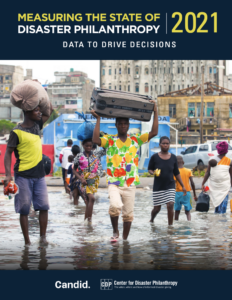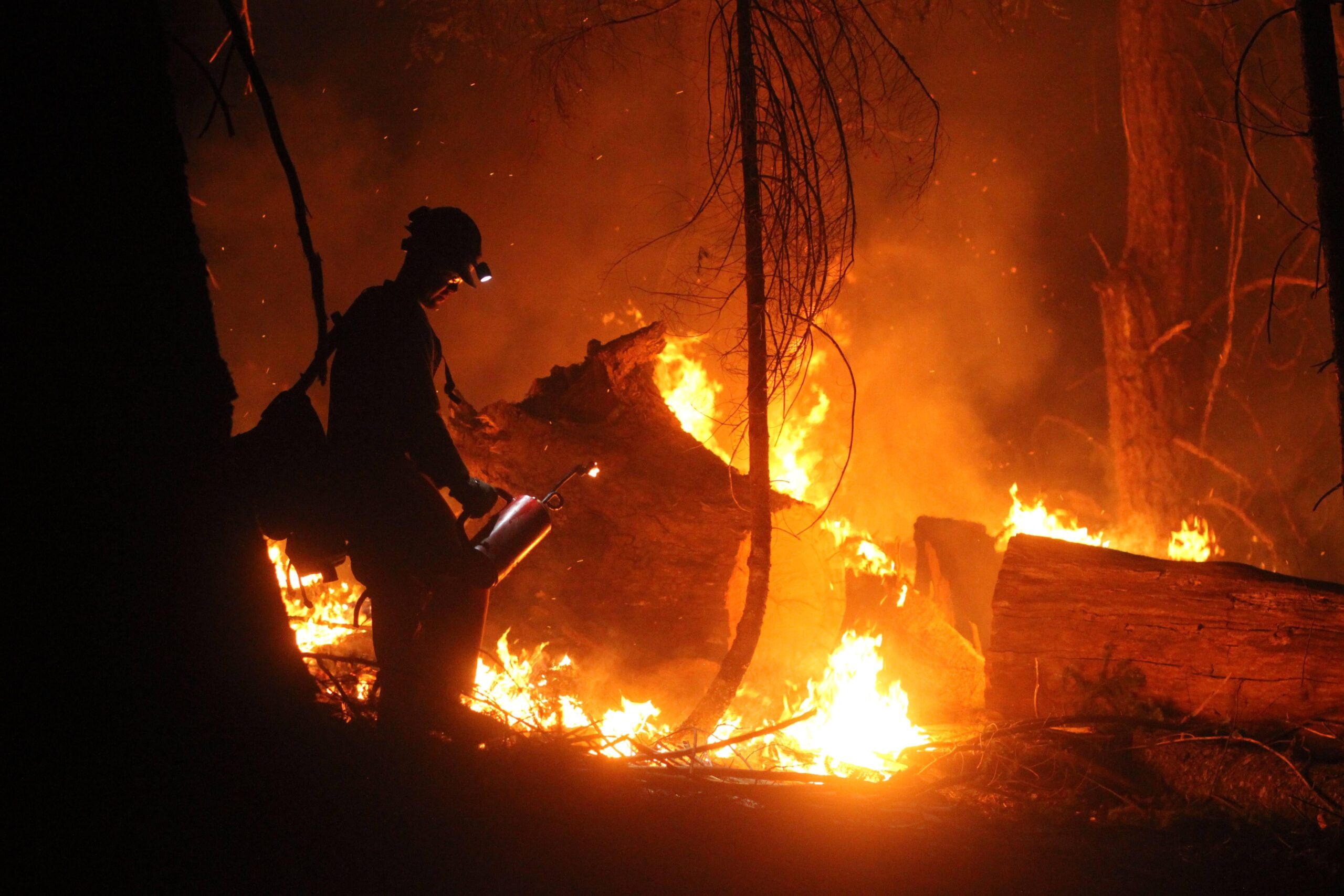New data to inform strategic disaster philanthropy
The COVID-19 pandemic has filled our newsfeeds, our schools, our politics and our living rooms for two years. Our collective attention has been almost singularly focused on the pandemic and its global effects. For the next 700 words, I invite you to remember the disaster events that occurred in 2019, just months before the pandemic […]

The COVID-19 pandemic has filled our newsfeeds, our schools, our politics and our living rooms for two years. Our collective attention has been almost singularly focused on the pandemic and its global effects. For the next 700 words, I invite you to remember the disaster events that occurred in 2019, just months before the pandemic outbreak.
In our eighth annual research report, Measuring the State of Disaster Philanthropy 2021: Data to Drive Decisions, developed in partnership with Candid, we dive into how philanthropy and other donors supported natural hazards and severe weather events and complex humanitarian emergencies in 2019.
In 2019, millions of people around the world were affected by disasters and humanitarian crises. Hurricane Dorian caused catastrophic damage in the Bahamas and parts of the eastern United States. Wildfires plagued the Amazon, California and Australia. Cyclone Idai struck Malawi, Mozambique, and Zimbabwe, causing widespread flood destruction. The Rohingya crisis continued unabated, increasing the number of refugees, asylum seekers and internally displaced people in Bangladesh and surrounding countries. These were just a few of the dozens of disasters that hit communities across the globe during the year.

Based on the latest available data, this report documents $30 billion in private, public, corporate and individual disaster-related giving to address major disasters and humanitarian crises that affected millions globally in 2019. Although data from institutional philanthropy is still incomplete, there is enough information to indicate a considerable decline from $76 billion in collective funding in 2018.
Some of our key findings include:
- Foundations and public charities funded $352 million for disasters and humanitarian crises.
- Organisation for Economic Co-operation and Development’s Development Assistance Committee (DAC) provided $22 billion in official development assistance. Non-DAC government donors and multilateral organizations contributed an additional $2.8 billion.
- The Federal Emergency Management Agency (FEMA) distributed $3.2 billion for U.S. disasters; the U.S. Department of Housing and Urban Development (HUD) allocated $1 billion in recovery efforts in 2019 for disasters that took place in 2017; and the U.S. Economic Development Administration (EDA) invested approximately $381.7 million in disaster-related projects.
- 55% of funding from institutional philanthropy was directed to natural hazards and severe weather; 41% was designated for general disasters; 4% was directed to complex humanitarian emergencies; and less than 1% was designated for human-made accidents.
However, troubling disaster-assistance trends persist
As with previous years, this report sheds light on pervasive funding gaps. Candid and CDP found that:
- 51% of funding by foundations and public charities was for response and relief efforts.
- 17% of funding went toward disaster preparedness.
- 6% went toward reconstruction and recovery.
- 4% supported resilience, risk reduction and mitigation efforts.
There are myriad ways that philanthropy can increase its commitment to disaster-affected communities by playing a lengthier game – one that invests in communities far longer than the media attends to a particular event.
To learn more about how philanthropy can support true, long-term recovery and explore major findings from the report, I invite you to join us for the Money, Money, Money – Beyond philanthropy: What is the role of public dollars? webinar in collaboration with Candid on Thursday, Nov. 18 at 2 p.m. ET.
Speakers will share insights into the philanthropic and governmental response to disasters in 2019, including Hurricane Dorian, Cyclone Idai, and wildfires in Australia and California. They will examine how private dollars are differentiated from public dollars domestically and globally, and what funders can do to supplement the restrictions public dollars often have.
Finally, we invite you to explore our updated funding map to answer such questions as: Where did funding for a particular disaster come from? How were the dollars allocated? How much funding addressed long-term recovery, preparedness and disaster risk reduction, in addition to immediate relief?
I will end with notes of sincere appreciation. Thanks to you for your interest in disaster philanthropy. Thank you to all the organizations that thoughtfully shared their data with Candid, which helped make this report and associated tools as robust as possible. Thanks, too, to the teams here at CDP and Candid who analyze the data, extrapolate its findings and ensure that no comma was harmed in the writing of the report.
We all hope that Measuring the State of Disaster Philanthropy will give you the tools and insights to help make more informed and strategic disaster-related giving decisions.
More like this

Dramatic Increase in Giving in Response to Costliest Year of US Natural Disasters (2017)

